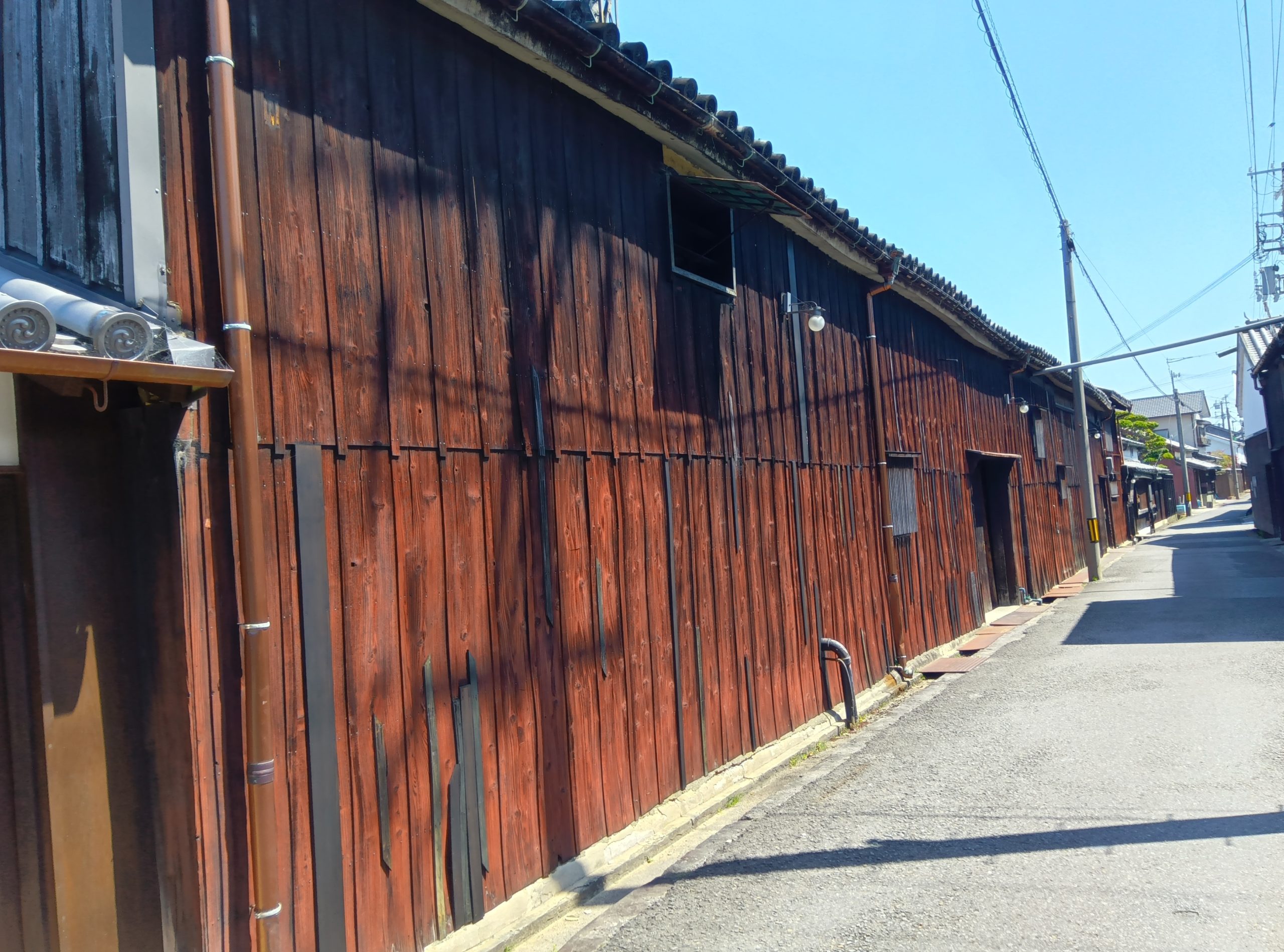Since ancient times, Yuasa has been an accommodation for abdicated emperors, and aristocrats on their pilgrimages to Kumano.
It is known as the origin of soy sauce, and under the generous protection of the Kishu Domain, the sales network spread outside the domain, and it is said that as many as 92 soy sauce shops were in business in the early 19th century.
The townscape, where the soy sauce brewing and other commercial and industrial development took place, has been selected as an “Important Preservation District for Groups of Traditional Buildings” by the Japanese government, as its historical atmosphere is well preserved to this day.
Daisembori
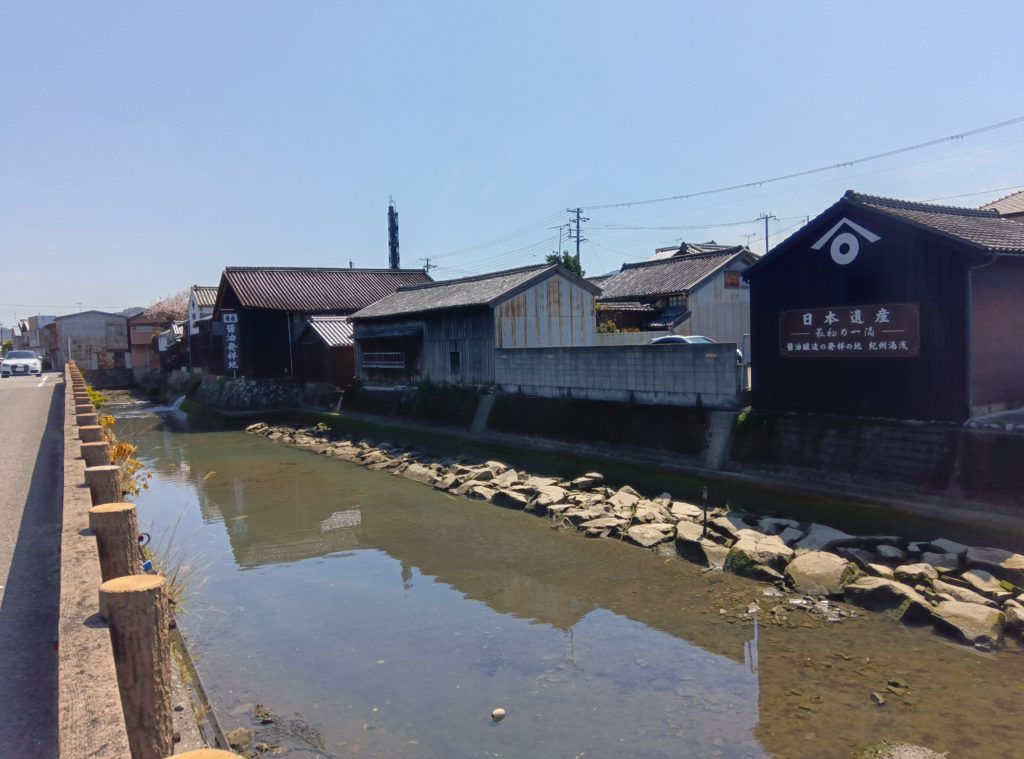
This area, also called “soy sauce moat,” was busy with the loading and unloading of soy sauce and its ingredients.
Soy sauce was loaded directly from soy sauce breweries onto small boats, which were then transshipped to larger boats anchored offshore for shipment to various destinations.
In 1915, the Arida Railroad was opened and a dedicated freight line was built to the end of this moat wharf.
In 1944, the tracks were removed and the railroad was replaced by a road, and the beach was reclaimed.
Kadocho
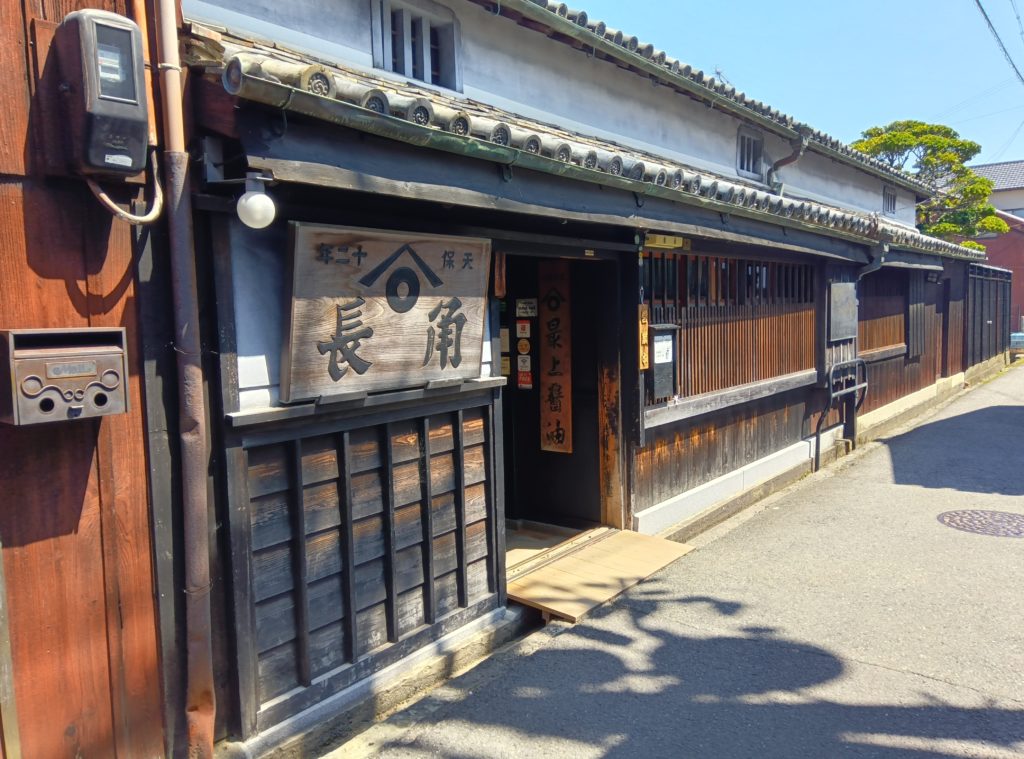
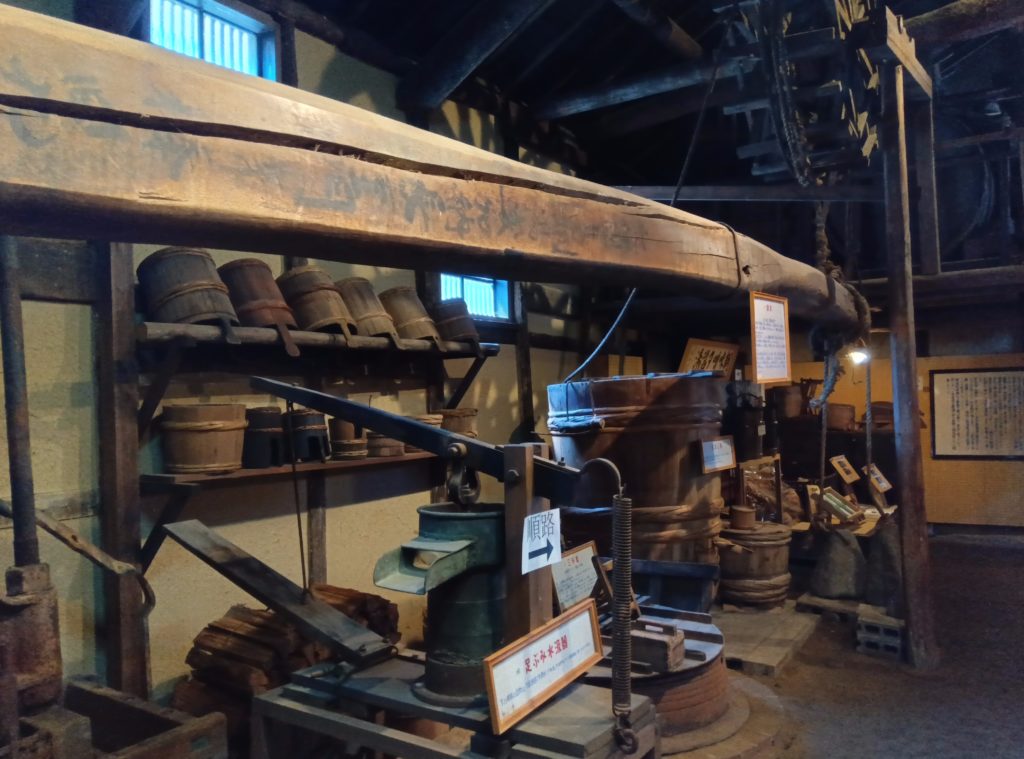
Founded in 1841. The artisan warehouse and soy sauce museum exhibit brewing tools and materials from that time.
Jimburo
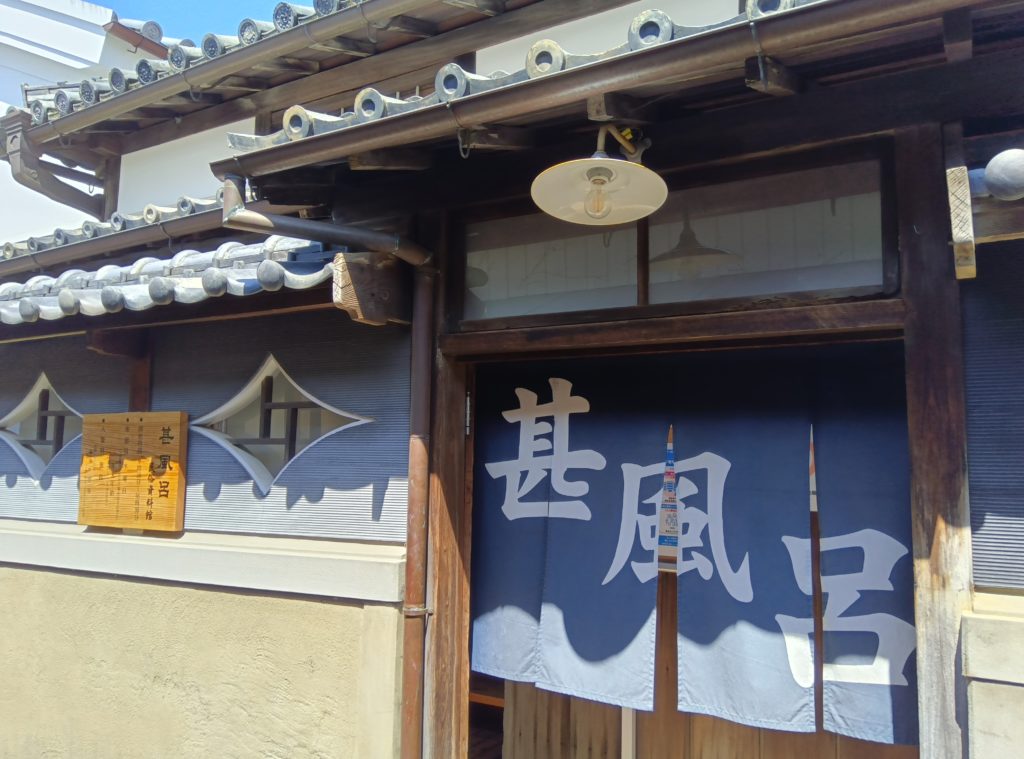
This public bathhouse was in operation from the Edo period until 1985.
It used to be called “Ebisu-yu” (Ebisu bathhouse), but it is now called “Jimburo” after the name of the proprietor.
Currently, it is open to the public as a folklore museum that conveys the lifestyle of the past.
Suhara’s House
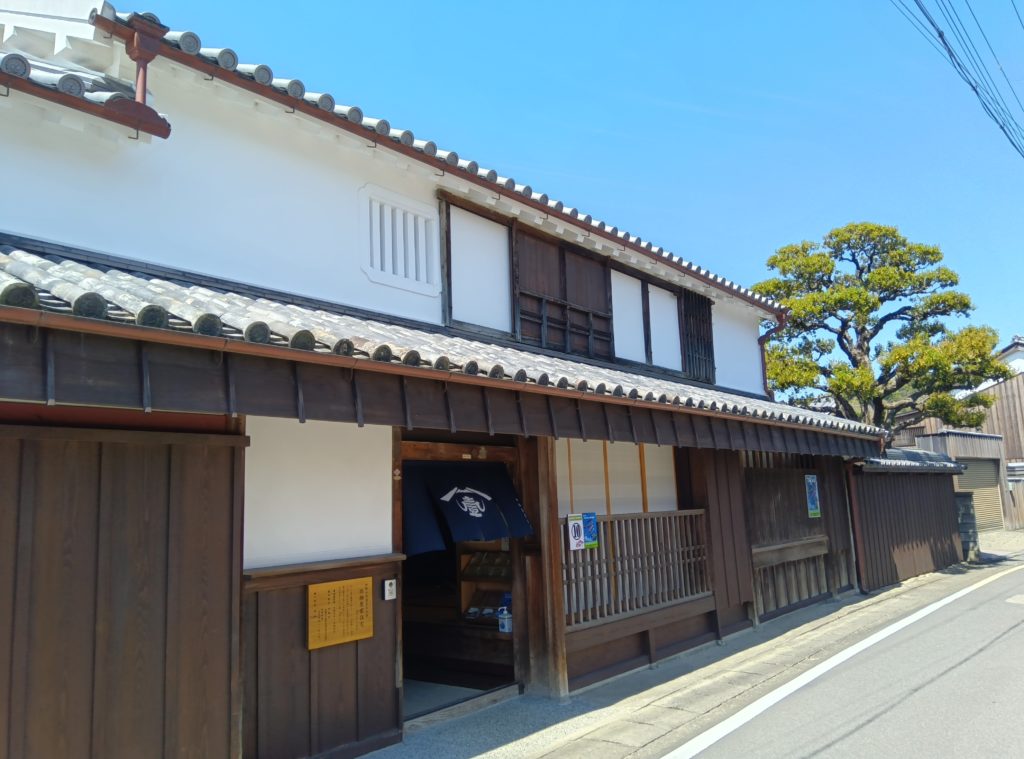

This building, where soy sauce was once brewed, is a representative example of early Meiji era main building architecture in Yuasa, and is open to the public with documents and other information on the soy sauce brewing process.
Tsuura’s House

It used to manufacture koji for brewing.
After being damaged by the tsunami caused by the Ansei earthquake in 1854, it was relocated to this location and continued its business.
The main building was constructed in 1878.
It is now open to the public as a museum of koji culture.
Ippuku Teahouse

A teahouse renovated from a private house from around the end of the Edo period.

